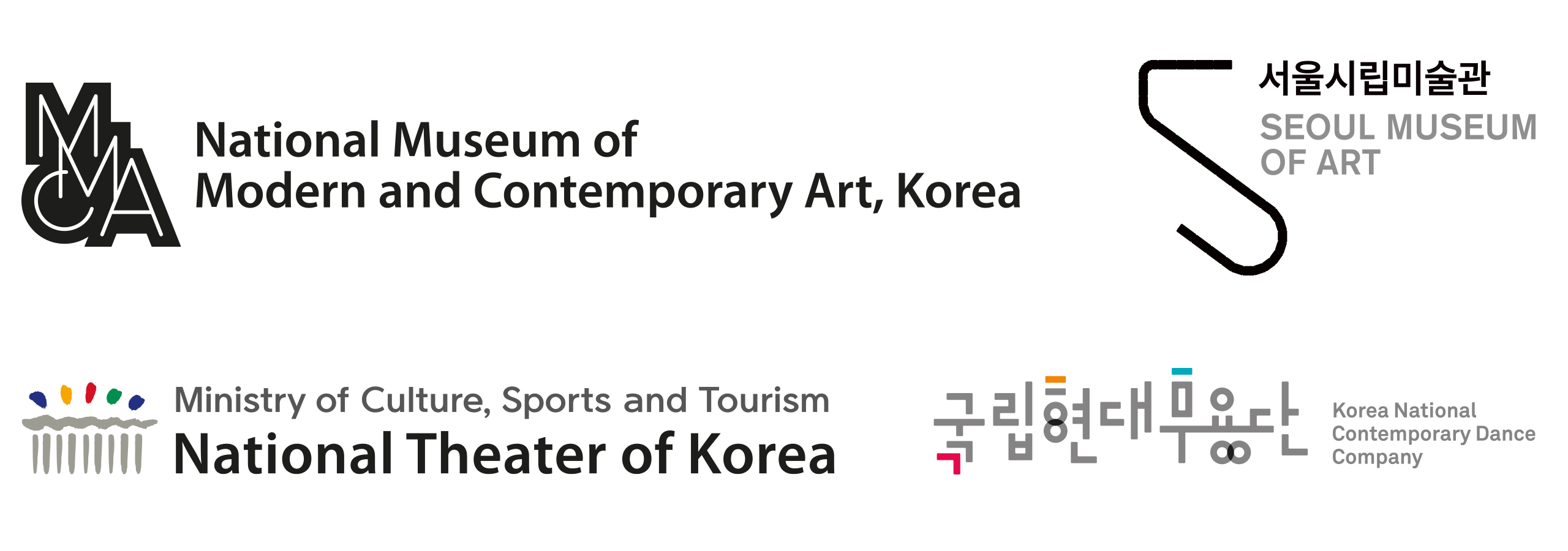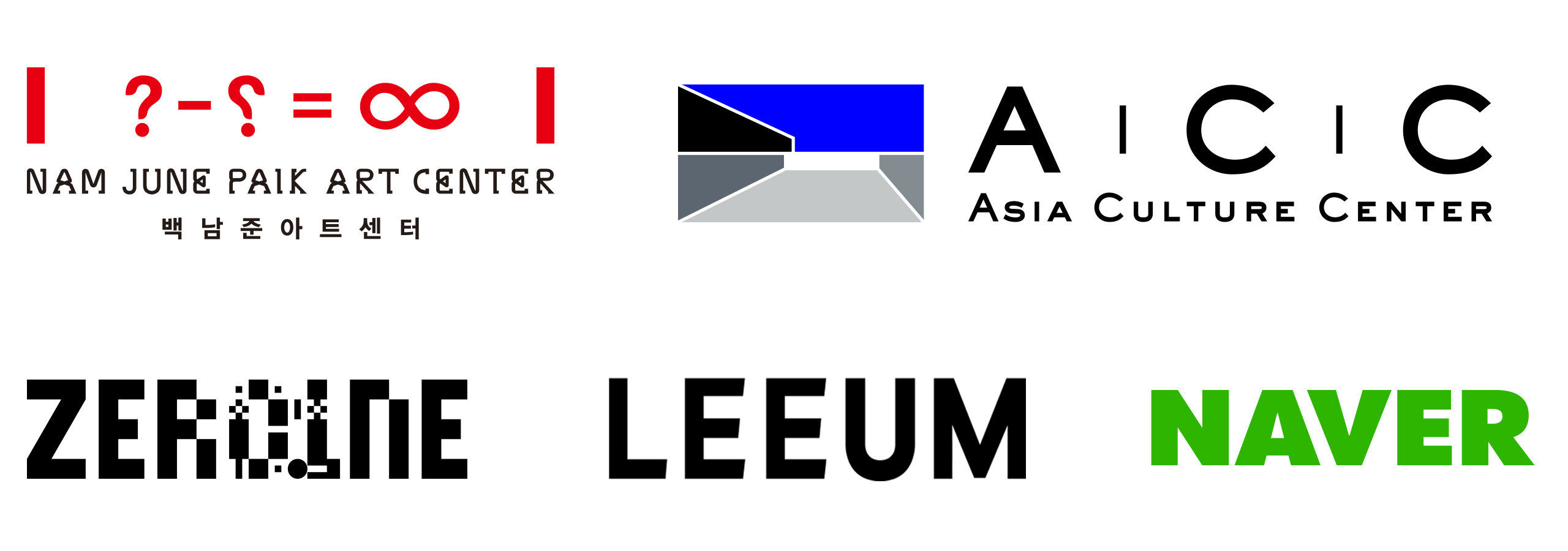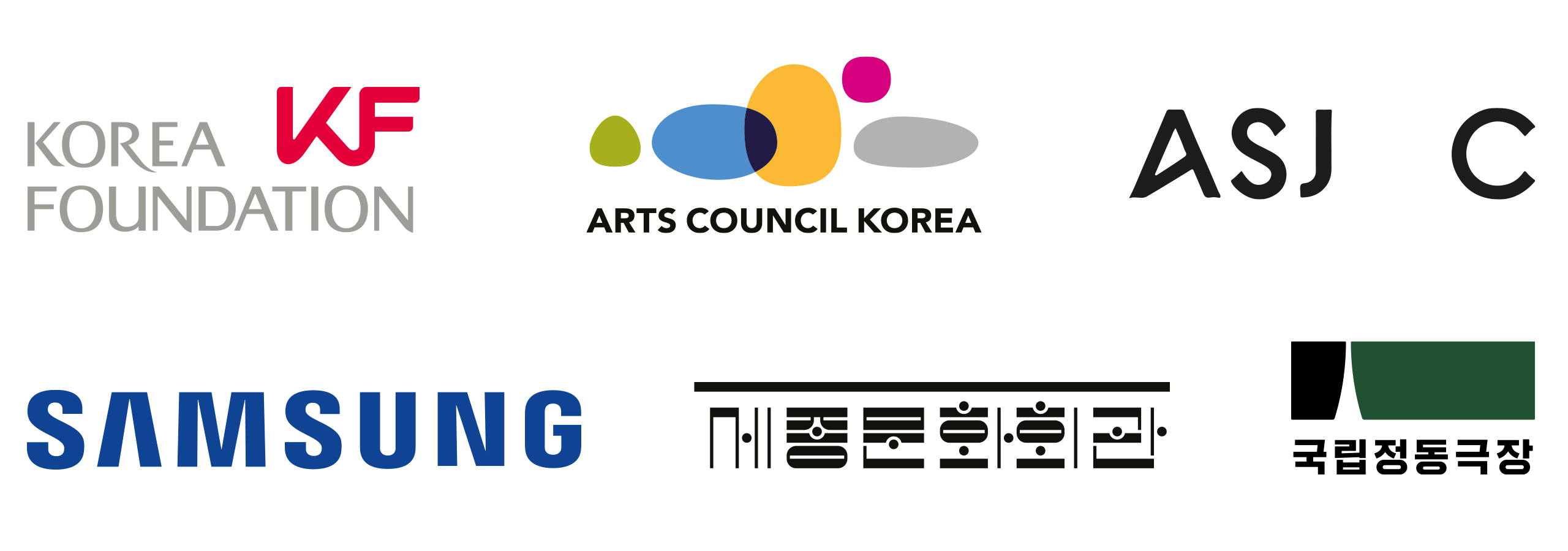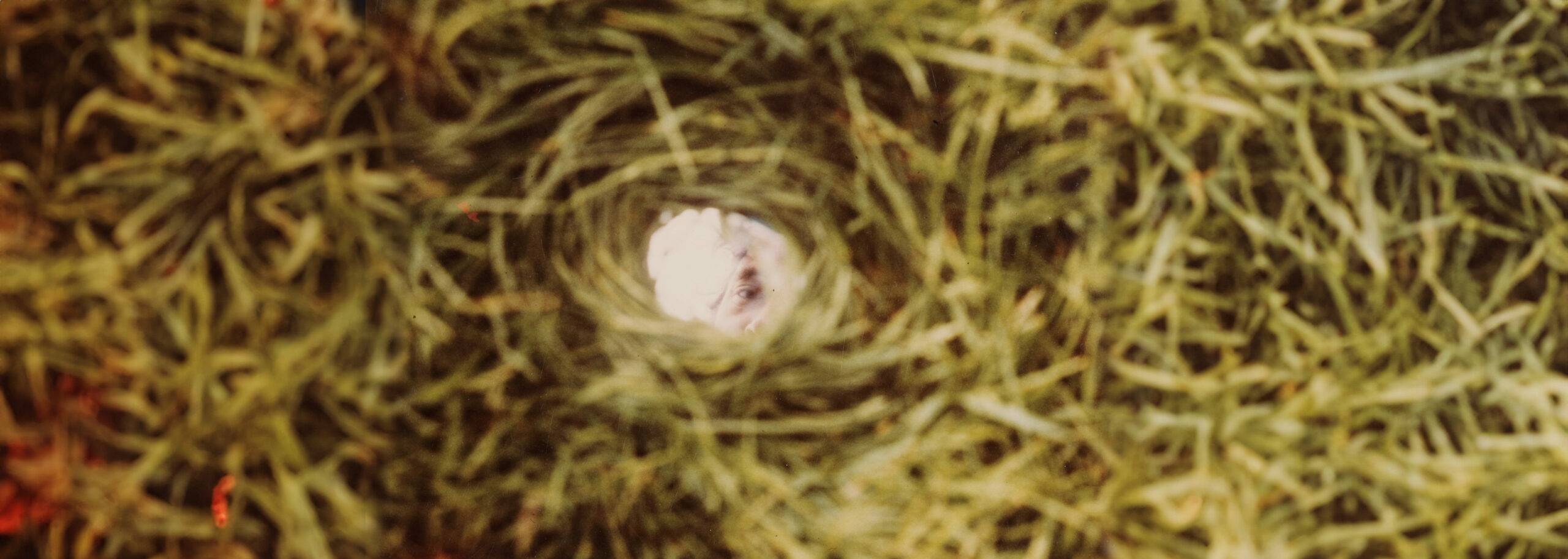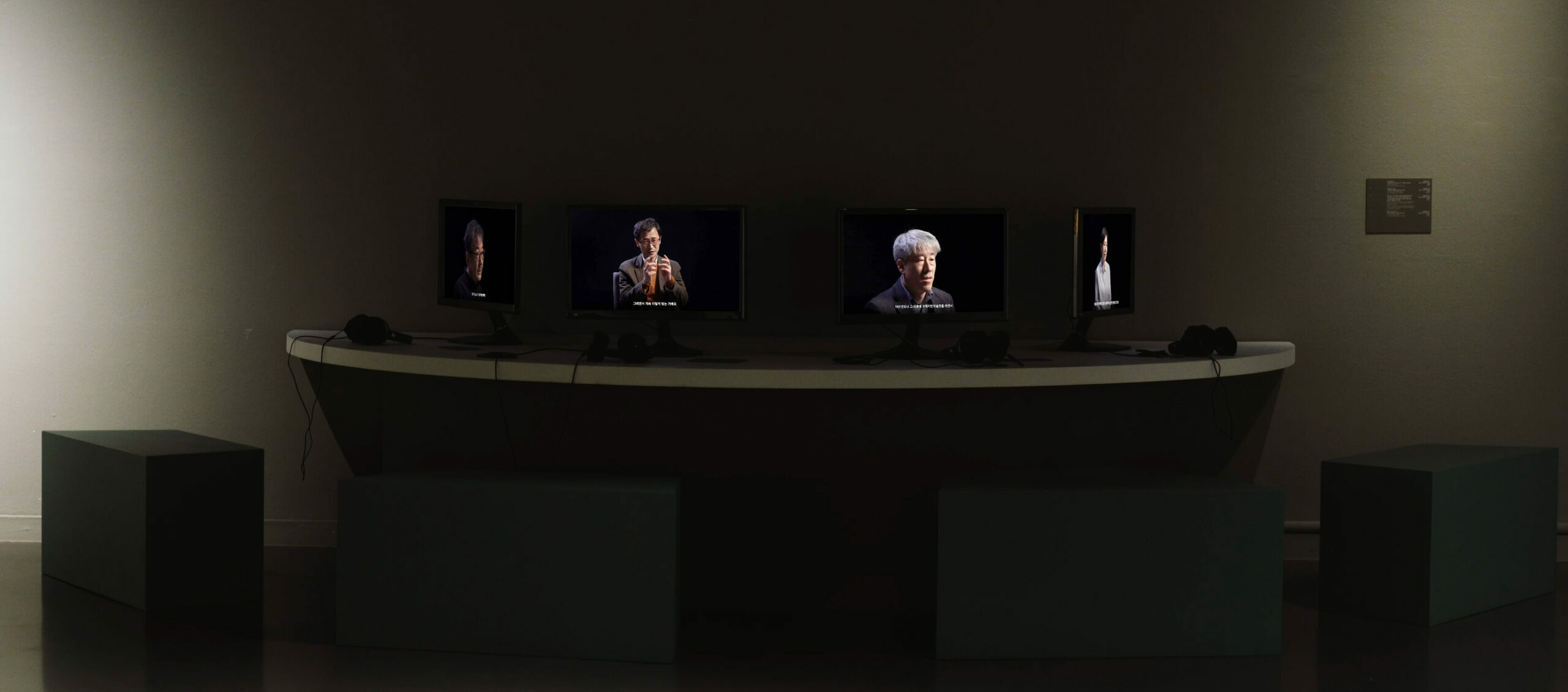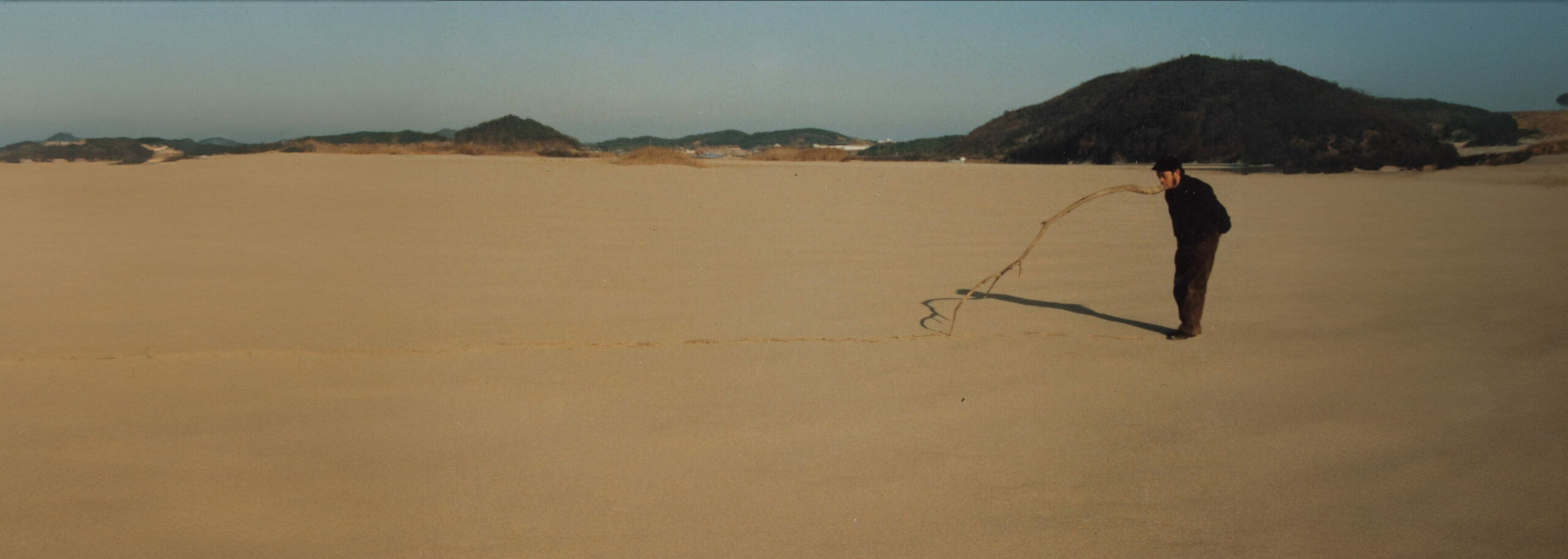글쎄 꼭 집어서 임동식 선생님이 제 삶이나 작업이나 글쓰기에 어떻게 영향을 미쳤다고 꼬집어서 말씀드리기는 좀 어렵지만 한가지 에피소드를 말씀드리는 게 좋을 것 같아요. 2000년인가, 청주에 이승희 선생님 작업실에서 <플레이 더 클레이>라는 모임을 가지고 워크숍을 한 일주일 했었는데, 거기서 임선생님의 특이한 면모를 발견하게 된 거죠. 임선생님은 뭘 하셨나 하면 이 분은 아침부터 저녁까지 테라스 같은 데에 앉아서 흙으로 이렇게 뭔가를 빚는 거죠. 돌아다니시지도 않고, 그 자리에 앉아서, 흙으로 빚는데, 나중에 이렇게 보니까, 만두를 빚는 거예요. 흙 만두를 빚는 거죠. 굉장히 그 태도가 이상하기도 하고, 기묘하고, 저 양반이 뭘 하시는 건가 뭔가 이렇게 의심스럽기도 하고. 아이디어가 없어서 저러시나 그런데 아무튼 자고 일어나면 제일 먼저 일찍 일어나서 자리에 앉아서 흙을 갖고 빚으며 노는 거죠. 뭘 하시냐고 이렇게 여쭈면, “아이구김선상님, 밤새 잘 주무셨슈?” 이러고 인사를 하고, 실실 이제 미소를 짓거나 웃으시면서, 안부 묻고, 그러면서 계속 이렇게 빚는 거예요.
그러니까 저는 이 워크숍에 참가하러 갈 때, 평소에 지니고 다니던 망치하고 정도 가지고 가고, 뭔가 이렇게 작전을 짜 가지고 갔는데, 이분은 아무 생각 없이 거기에 가서, 흙을 가지고 이렇게 놀면서 만두를 빚는 거죠. 그게 어떻게 보면 굉장히 심심하고 지루하고 건조하고 뜻도 없이 되풀이되는 것처럼 보이는데, 곰곰이 생각하니까, 뭔가 이렇게 수행하는 것처럼 보였던 거죠. 그 당시에는 큰 감흥이 없다가. 그게 계속 이렇게 되새겨지는 거죠. 그분의 일주일 세월을 보내는 자세, 태도, 또 아무것도 안 하는 것처럼 뭔가를 하는. 아, 뭐라고 할까요, 도대체가 아무튼 참 신기하고 희한했었어요. 제가 곁에서 관찰할 때의 임동식 선생님은 작업을 한다고 얘기하기보다는, ‘논다’고 표현하는 게 훨씬 잘 어울리는 것 같아요.
놀기, 놂.
플레이(play), 논다는 것은 두 가지 뜻으로 나누어 볼 수가 있는데, 하나는 음악의 경우처럼, 뭉쳐있던 것을 이렇게 풀어서 헤쳐 보여준다는 것도 되죠. 음악을 재생한다. 그럴 때 플레이(play)이기도 하고, 여러 사람이 어울려서 논다든지, 아니면 어떤 물건을 가지고 논다든지 하는 그런 놂도 있고. 또 하나는 기계를 오래 써서 헐거워지면, 요즘에는 그런 말을 잘 안 쓰는데, 옛날 사람들 하는 얘기를 들어보면 ‘논다’고 그래요. ‘이게 노네.’ 빡빡하게 서로 잘 결합되어 있어야 기계로서 기능을 충실하게 할 수 있는데, 이게 오래 쓰니까 닳고 이래서 틈이 생기고, 좀 오작동도 생기고 그러는 상황이 생기는 거죠. 그럴 때도 논다고 그러는데, 그것도 플레이(play)라는 논다고 하는 단어가 갖고 있는 재미있는 스팩트럼 중에 하나인 것 같아요.
그 모두를 임동식 선생님의 작업 뿐만 아니라 삶의 과정을 들여다보면 굉장히 잘 어울리는 말이 아닌가 싶어요. 대체로 예술가들이 하는 퍼포먼스가 희미하게나마 어떤 시나리오가 있단 말이죠. 어떤 서사가. 기승전결 서사도 있고, 작전도 짜여있고. 그런데 이 분의 퍼포먼스는 그런 작전이 없이 실행되는 것 같아요. 그래서 제 방식으로 표현하면 임선생님한테 모든 게 사람이든, 어떤 사물이든, 풍경이든, 어떤 도구든, 세상 전체가 자기보다 앞서서 먼저 당도해 있는 무엇. 요런 것 같아요. 먼저 당도했다는 것이 굉장히 중요한데, 이미 먼저 당도해 있는 상황에 임선생님도 이렇게 들어가는 거죠. 뭔가 이렇게 폼 잡고 작업한다는 자세를 갖추고서 일을 하는 게 아니라, 쉬며, 놀며, 일하며, 대화하며, 농담하며, 그런 방식으로 그분의 삶이 이루어진다는 것이 곁에서 관찰하는 입장에서는 굉장히 흥미로운 거였죠.
적당한 작품 예를 하나 들면은 모래사장에 큼직하게 석고로 알을 만들어서 30여 개를 띄운 것을 저는 실제로는 보지 못하고 사진으로만 보았는데, 석고 알을 한 30개 해수욕장에 펼쳐 놓은 게 있었는데, 그것도 참 기가 막히더라고요. 사실 알 모양만 하고 있을 뿐이지, 알도 아니고, 석고 덩어리인데, 거기서 더 재미있는 것은 해수욕장의 시공간이 갖고 있는 여러 가지 조건과 변수에 따라서 석고가 움직이게 되죠. 변화를 일으키게 되잖아요. 헐기도 하고, 바닷물에 적셔져서 조금씩 깎여나가기도 하고. 결국 나중에는 해체되어서 형태도 없이 사라졌겠죠. 그러한 방식으로 임동식은 석고 알이라는, 석고 알 놓기라는 형태와 형식을 통해서 자연조건에 슬쩍 먼저 당도해 있는 그것에 슬쩍 자기도 끼어서 놀아보는 그런 거였죠. 또 다른 예가 버려져 있던 나무 기둥을 주워다가 수직으로 이렇게 세워주는 거죠, 그게 뭐 아무것도 아닌 거죠. 아무것도 아닌 건데, 누워있던 애를 수평을 수직으로 벌떡 이렇게 세워서 한동안 그 자세로 있게 해본다는 것. 그런 것도 참 흥미롭고 재미있었어요.
결국 임동식은 세상에 예술가로서 뭔가를 이렇게 내어놓고, 그걸 통해서 의미를 발설한다든지, 자기의 존재를 제시하거나 과시한다든지, 이런 방식의 예술이 아니고, 먼저 당도해 있는 그 상황에 슬쩍 더부살이하는 그런 식의 작업인 것 같아요. 길을 가다가 꽃밭을 지나갈 때 꽃이 고개를 숙이고 있으니까, 그것을 인사한다고 보고서, 거기에 이렇게 마주 보고서 인사를 하는 그런 장면인데, 그러니까 임동식 선생님은 작업을 하는 시간이 따로 정해져 있는 게 아니고, 삶과 작업이 서로 분간이 안 되게 혼연일체가 되어있는 그런 분인 거죠. 길 가다 말고 그런 식의 퍼포먼스가 즉흥적으로 나오고, 그렇다는 것은 늘 자기를 풀어놓을 준비가 돼 있는 것 같아요. 뭔가 이렇게 영감이 생기면, 즉흥적으로 그 자리에서 자기를 쏟아버리는 그런 방식이죠. 자기를 그냥 풀어헤쳐 놓는 거죠. ‘놓다’. 그게 또 임동식 선생의 작업에서 중요한 동태인 것 같아요. 놓을 뿐만 아니라, 거기에서 소리를 듣기도 하고, 가랑잎을 귀에다 대고, 제목은 <토끼>라고 되어있지만, 토끼의 귀가 되어서 토끼로서 세계를 경험하는 그런 시늉을 하잖아요. 그런 식으로 소리를 듣는다든지, 아니면 그 현장에 떠도는 냄새를 맡는다든지, 아니면 가만히 그 상황 속에 방치해 놓아본다든지, 그런 방식의 작업이 굉장히 다양하게 펼쳐지죠. 80년대 90년대에. 또 풀숲에서 머리카락하고 풀하고 끈으로 이어서 한동안 앉은 자세를 유지하고 있다든지, 그게 일반적인 눈으로 보면 거의 ‘논다’를 넘어서 미친 짓을 하고있는 것처럼 보이는 거죠. 예술이 뭔가에 사로잡히거나 까닭도 모르게 매혹된다든지, 미친다든지, 그건 사실 같은 표현인 거죠.
공주원골에 10년 계실 때에 집도 손수 짓고, 그 주변에 수십 가지의 꽃씨를 구해다가 아주 요란하게 휘황찬란할 정도로 다양한 꽃을 재배하셨어요. 거기에 사는 동안. 그런 농업적 마인드 같은 것도 역시 임선생님의 작업을 이루는 중요한 축 중의 하나인 것 같아요. 그러니까 예술가가 세상을 보는 게 아니라, 세상이 예술가를, 세상이 나를 본다는 것을 감지하고, 알아차리고 세상으로부터 전해오는 파장에 감응을 하는 그런 방식의 예술. 임동식 투의 ‘놀기’그것을 또 다른 측면에서 흥미진진하게 보여주는 작업 예가, 80-90년대에 했던 퍼포먼스를 그림으로 옮기는 것.
좀 삐딱하게 보면 우려먹는 것처럼 보이기 십상인 건데, 사실은 몸이 세계와 감응하는 방식이라는 측면에서 퍼포먼스하고 회화는 완전히 다른 거거든요. 퍼포먼스가 실제 3, 4차원의 공간에 걸쳐서 수행되던 그것을 2차원으로 좁혀서 번역을 한다. 이게 쉬운 일이 아닐 텐데, 거기서 드러나는 재미있는 지점. 역시 자기방식으로 그린다는 거죠. 화가들이 일반적으로 의식하게 되는 회화적 규범이라는 것이 있는데, 이를테면, 모델링을, 나무나 풀숲이라든지 하늘이라든지, 3차원 환영을 나타내기 위해서 지켜야 하는 법칙 같은 게 있단 말이죠. 그런데 임동식 선생님의 그림은 가만히 들여다보면, 그런 법칙이 전혀 소용이 없어요. 자기방식대로 막 그리는 거죠, 어떻게 보면. 그런데도 놀랍게 그 그림에 담긴 풍경의 현장이 간직하고 있는 그 생기가 놀랍게 잘 재현된다는 점이에요.
그리고 덧그림이라는 게 있죠. 덧그림. 퍼포먼스를 회화로 하는 것 외에도, 과거에 그린 그림을 다시 끄집어내어서, 거기에 가필을 한다든지, 일부를 지우고 새로운 이미지를 넣는다든지. 말하자면 직선 시간관에 따라서 과거는 과거대로 그냥 놔두는 것이 아니라, 과거를 끊임없이 현재로 불러 들여와서 현재와 어울리게 하는 거죠. 그러니까 임동식 선생의 작업에서 가만히 보면 완결된 오브젝트 형태의 작품은 없는 셈이나 마찬가지인 것 같아요. 계속 움직이고 계속 숨을 쉬고, 어떤 조건과 변수 상황 속에서 다른 차원으로 옮겨지고 계속 움직이는 거죠.
‘놀기’에 이어서 또 하나 말씀드리고 싶은 흥미로운 지점이 ‘풀기’가 있습니다. 풀다. 풀어놓다. 풂. 어떤 상황이나 조건, 규정 안에 묶여있던 것을 풀어놓는다는 거죠. 대체로 우리가 만나게 되는 사람이든, 사물이든, 현상이든, 풍경이든, 사전에 들어있는 단어들처럼 자기 자리가 있죠. 그것이 어느 자리에서 자기 구실을 해야 하고, 자기 언어로 정상 가동되어야 한다. 이런 사회적인 약속이 있잖아요. 예술이 하는 일 가운데 하나가 그렇게 만들어진 사회적인 약속을 헐겁게 하는 일인 것 같기도 한데 예를 하나 들면, 아까 말씀드린, <친구가 권유한 풍경- 봄, 여름, 가을, 겨울> 그 작품은 임동식 선생님의 공주 친구죠. 저도 몇 번 뵌 적이 있는데, 산야를 쏘다니면서 뭔가를 채취를 하는 그런 분, 다른 일도 많이 하시는데, 이분하고 동행을 해서 소풍을 하다가 이 친구가 ‘여보게 이 풍경 좀 그려보면 어때, 이거 멋있지 않아?’ 이렇게 권유를 해서 그리게 됐다는 거죠. 그러니까 예술가의 눈으로 포착한 풍경을 그리는 게 아니라, 자기방식으로 선택하고, 그것을 기록하면서 해석을 하고 이런 방식으로 작업을 하는 것이 아니라, 무심결에 친구가 ‘이거 한번 그려보지’ 했는데, 그걸 실제로 그리는 거예요. 보통 예술가들은 그렇게 움직이지는 않죠.
그러니까 예술가로서 가지고 있었던 제도적인 정체성, 관습, 그림이 이루어지는 과정과 절차, 규범 이런 것을 흔들어 놓는 건데, 친구가 흔든다 해서 거기에 흔들려서 친구가 그리라고 하는 거기를 그리는 이런 일은 보통 예술가에게서 쉽게 나타나는 현상은 아니거든요. 심지어는 그것이 풍경을 선택해서 그림을 그리는 것뿐만 아니라, 문외한이 안내하는 길을 따라서 예술이 아닌 샛길로 빠져서 그것을 예술의 영역으로 둔갑시켜버리는, 변신시키는 그런 행위로 보이는 거죠. 그게 참 임동식답다. 임동식이 아니면 누가 이러한 판을 벌일 수 있을까?
‘놀기’, ‘풀기’에 이어서, ‘닮기’ 또는 ‘되기’에 관해서 말씀을 드리고 싶습니다. 자연스럽게 상대와 닮고, 상대의 그 차원으로 가까이 가고자 하는 그러한 특성이 임동식 선생의 작업에서 자주 나타나는 것 같아서 말씀을 드리는 겁니다. 88년 여름에 퍼포먼스 한창 하실 때, 서해안의 원산도라는 섬에서 하신 퍼포먼스라는데, <물고기와 교감된 태안의 몸짓>이라는 것이 있었어요. 물웅덩이, 흐르는 개울인지, 웅덩이 인지, 정확하게 여쭤보지는 않았는데, 아무튼 홀딱 벗고 물 안에 들어앉아서 이렇게 가만히 앉아 있는. 사진으로 기록이 되어있어요. 그 사진을 들여다보면 임동식 선생의 홀딱 벗은 몸 주변으로 고기가 왔다 갔다 하면서 놀고 있는 장면이 보이는 거죠.
결국 임동식 선생의 이 88년 퍼포먼스에서 작가는 사실 없는 거죠. 그러한 행위를 벌이는 몸둥아리는 있지만, 뭔가 분명한 주체로서 의식을 가진 작가가 있다기보다는 물이나 고기에게 또는 그 물 안에 들어있는 다양한 미생물체에게 자기를 제공하는 그러한 방식의 작업. 그런 상황에 온전히 자기를 맡겨 놓는 거죠. 그래서 제가 말씀드리는 놀기, 풀기, 닮기, 되기. 이런 것을 묶어서 보면, 임동식 선생의 뭐라고 그럴까요, 아주 희한한 감각에서 나오는 것 같은데, 그 감각이 미각, 후각, 촉각 같은 것이 아니라, 제가 보기에는 농각(弄覺)이라는 것 하나를 더 만들어서 별명을 붙이고 싶을 정도인데, 논다고 할 때의 그 농(弄)자. 뭔가 이렇게 어울려서 그 안에 들어가서 자기를 풀어헤친 상태에서 놀고 싶은 마음. 이게 임동식의 삶과 작업에서는 가장 중요한 감각인 것 같아요. 어울리고 싶은 감각인 거죠. 농각
2000년에 공주 원골에서 《예술과 마을》, 그게 몇 번째였는지는 모르지만, 저도 여름에 가서 일주일 동안 먹고, 놀고, 자고 하면서, 같이 한 적이 있는데, 그맘때에, 임선생님이 제시한 화두가 ‘예즉농(藝則農) 농즉예(農則藝)’ 이런 말씀이 있었어요. 농사짓기하고 예술하기가 임동식의 눈으로 보면 전혀 다른 일이 아니라는 거죠. 농사꾼에게 농사짓는 일 하고, 농사짓는 일 아닌 것이 분간이 안 되는 것처럼, 예술가에게 삶과 예술은 분간이 될 수 없는 원초적으로 서로 버무려져 있을 수밖에 없는 것이다. 이런 말씀인 것 같아요. ‘예늑농농즉예’라고 하는 조어를 통해서 저도 좀 나름대로 추구하던 바인데, 그렇게 깜찍하게 요약을 해서 ‘예즉농농즉예’라고 제시하는 것을 보고 또 얼마나 재미있어했는지. 그때 원골마을에서는 바깥에서 예술가들도 여러 명 들어가서 일주일 동안 원골마을의 농사짓는 분들하고 어울려 살면서 낮에 일이 있는 집에 가서 크게 도움도 안 되겠지만, 농사일도 좀 거들고, 비닐하우스에 들어가서 풀도 뽑고, 논에 가서 잡초도 뽑고, 그런 일도 하다가 순간순간 아이디어가 생기면 즉흥적으로 작업을 하고. 근데 거기서 재미있었던 것은 농사짓는 분들이 자기 논밭에 임동식 선생님하고 오랫동안 교류하면서 터온 감각을 가지고 이렇게 말하자면 작업을 하는 건데, 그게 그렇게, 아주 전문 예술가들이 보면 깜짝 놀랄 것 같은 아주 희한한 아이디어들이 굉장히 많았어요. 재치 넘치는 아이디어가.
아마추어가 갖고있는 예술이라는 제도에 오염되지 않은 아주 신선하고 생생한 야생의 감각이 그런 데서 정말 아무렇지도 않게 전혀 가공되지도 않은 상황 속에서 꽃을 피우는 건데, 그게 얼마나 놀라웠는지 모릅니다. 임동식에게 예술이라는 게, 농사짓는 사람에게 농사처럼, 아주 자연스럽고 서로 예술과 예술 아닌 것이 분별이 안되는 그런 지경으로 융화되어있는 것 같았습니다. 굉장히 아주 두고두고 되새김해도 재미있는 그런 일주일이었어요.
임동식이라는 사람.
제가 보기에는 어떤 소년이에요. 소년.
어린아이.
호기심이 많고, 생각이 많은 소년.
사실 순진무구하기도 하면서
어떤 측면에서 보면 굉장히 정교하기도 하고.
‘선생님 취미가 뭡니까’ 이렇게 여쭸더니,
‘제취미요?’ 이러더니,
‘생각하는 거요’
생각하는 게.
생각하는 게 취미라고 하는 사람이 어디 있어요 세상에,
생각하는 게 취미라니.
근데 이분이 말하는 생각은 제 머릿속에 얼른 떠오르는 생각하고는 좀 다른 생각인 거죠. 그게 제 느낌에는 자기를 풀어놓는 것. 그게 그분 방식의 생각이 아닌가 해요. 자기를 풀어놓는 과정이 생각인 거죠. 무심결에 자기를, 자기도 모르게 풀어놓는 것. 그게 임동식의 생각하기인 거 같아요. 결국 임동식 선생에게 이것과 저것 사이에는 뭔가 이렇게 걸리적거리는 게 별로 없는 것 같아요. 경계가 없진 않겠죠. 이쪽과 저쪽, 나와 너, 풀과 내 머리카락, 어쨌든, 똑같진 않으니까 경계라는 게 없진 않을 텐데, 그것을 계속 이렇게 흔들어서 헷갈리게 만들고, 헷갈리는 사이에 잠깐 서로 다른 두 개가 만날 수 있는 그런 순간을 만들어 주는 것. 그게 임동식의 예술하기 방법론일 거고 미술판에서 임동식이라는 사람, 제 입장에서는 홍명섭 선생님도 마찬가지이지만, 이런 분들이 안 계시면, 너무 허전할 것 같아요. 몰랐으면 몰라도, 안 이상 반드시 있어야 할. 저에게는 그런 분입니다. 왜 그런가 하면, 지금까지 말씀드린 것처럼, 정말 순진하게 노는 분이어서 그래요. 순진하게 노는 분. 작전을 짜지 않고, 모든 곳에 서슴지 않고 자기를 풀어놓고서 사귀고, 어울리고 돕고, 그런 분이 분명히 필요하니까. 그런 분이 가지고 있는 힘이 있어요. 그게 뭐냐 하면 딱딱하게 굳어져 가는 예술, 또 예술 제도를 무색하게 만드는 거죠. 자꾸 헐렁하게 빈틈을 만들고, 거기서 짓궂게 놀 수 있도록 하는. 사실 굉장히 중요한 일이죠.


